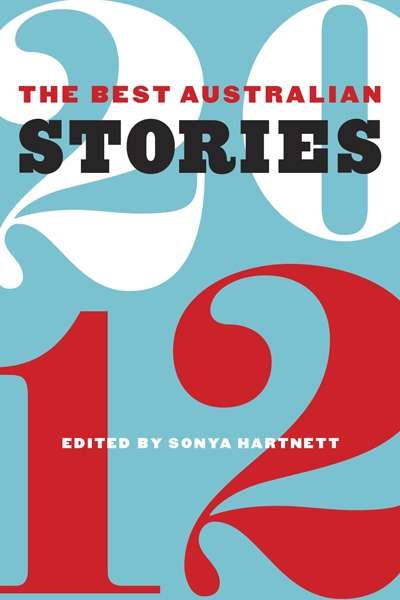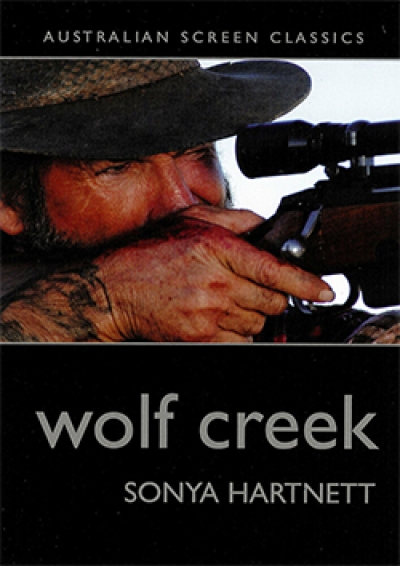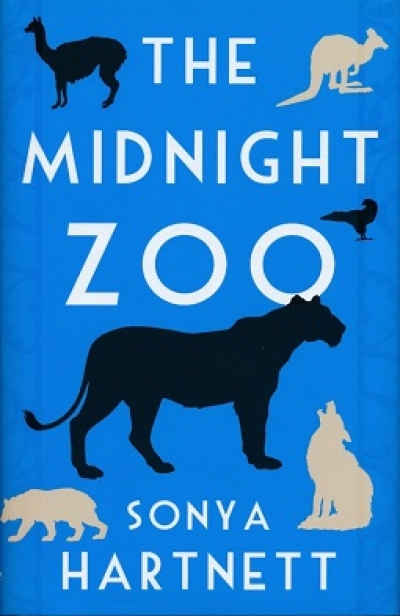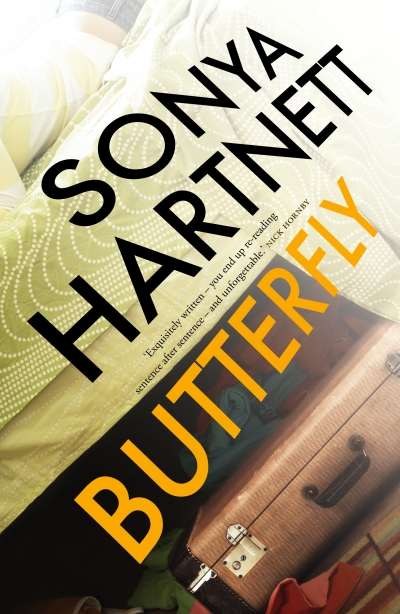Sonya Hartnett
Early success is no guarantee of a book’s continued availability or circulation. Some major and/or once-fashionable authors recede from public consciousness, and in some cases go out of print. We invited some writers and critics to identity novelists who they feel should be better known.
Books of the Year is always one our most popular features. Find out what our 41 contributors liked most this year – and why.
... (read more)
Books of the Year is always one our most popular features. Find out what our 41 contributors liked most this year – and why.
... (read more)The Best Australian Stories 2012 edited by Sonya Hartnett
Ruth Starke reviews 'The Children of the King' by Sonya Hartnett, 'The Tunnels of Tarcoola' by Jennifer Walsh, 'Red' by Libby Gleeson: 'Mystery at Riddle Gully' and Jen Banyard
Cecily Lockwood’s heart ‘bounced like a trout’. An arresting simile on the first page of a novel is always a good sign, but will this piscatorial comparison mean anything to young readers? No matter, back to those footsteps climbing the dark stairs to twelve-year-old Cecily’s room, where she is quailing under the bed. She pictures her older brother Jeremy in the next room, his heart ‘flipping and diving’. Ah, so that’s what trouts do. Clever Sonya Hartnett.
... (read more)The Midnight Zoo by Sonya Hartnett & The Red Wind by Isobelle Carmody
A Confederacy of Dunces always makes me laugh. The book I’ve read the most number of times is a collection of essays about animals and insects called The Red Hourglass, by Gordon Grice.
... (read more)






